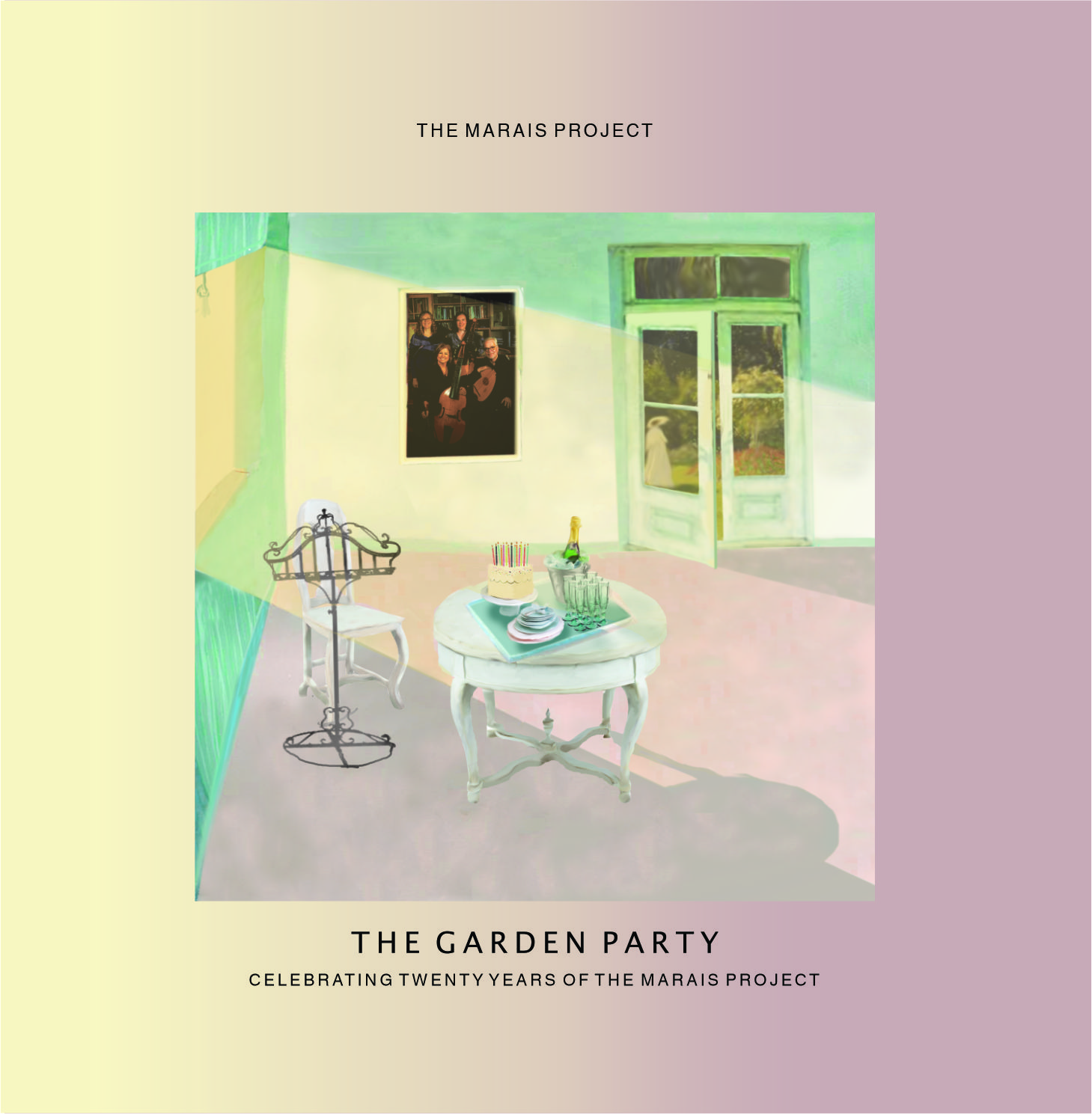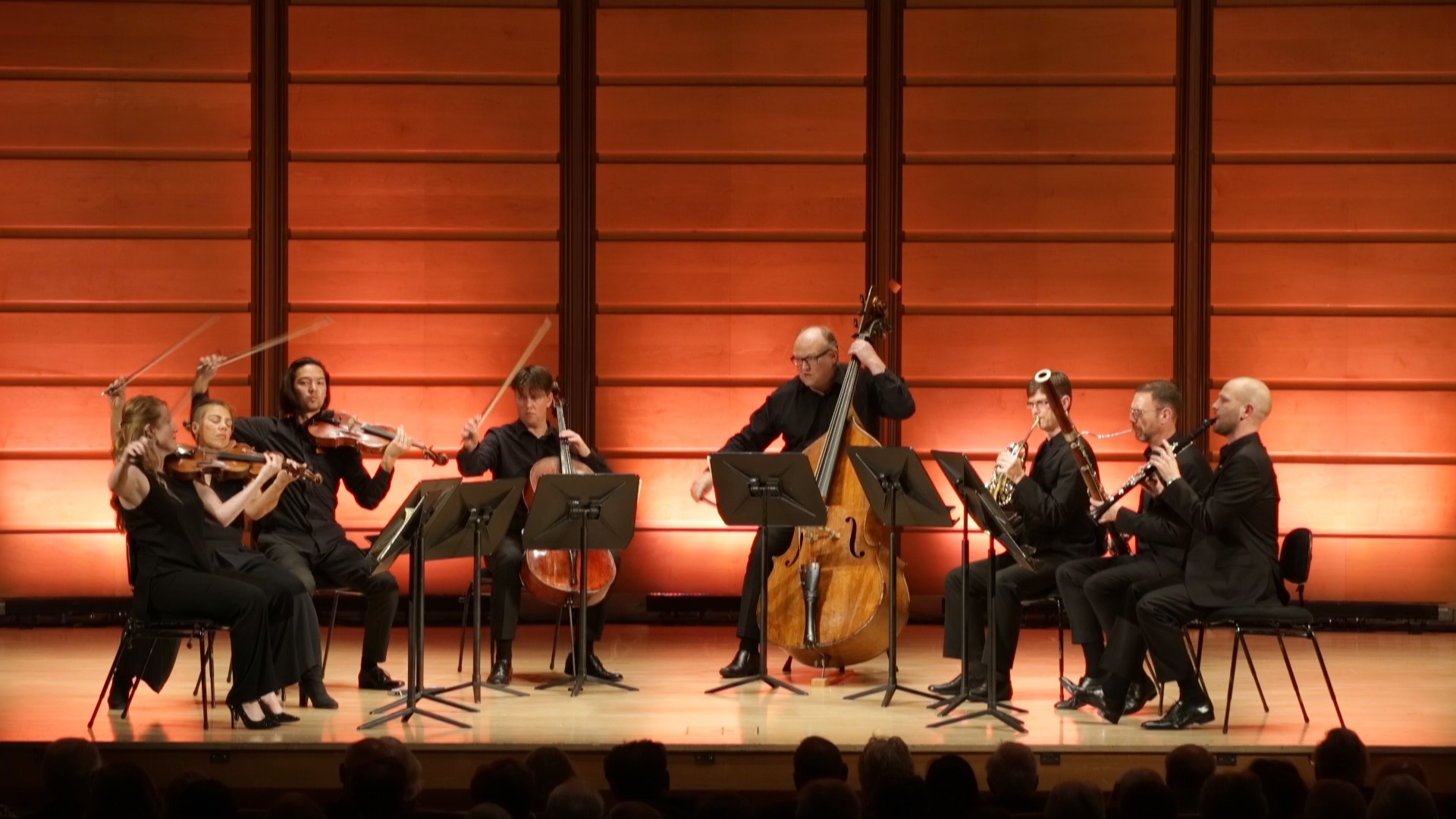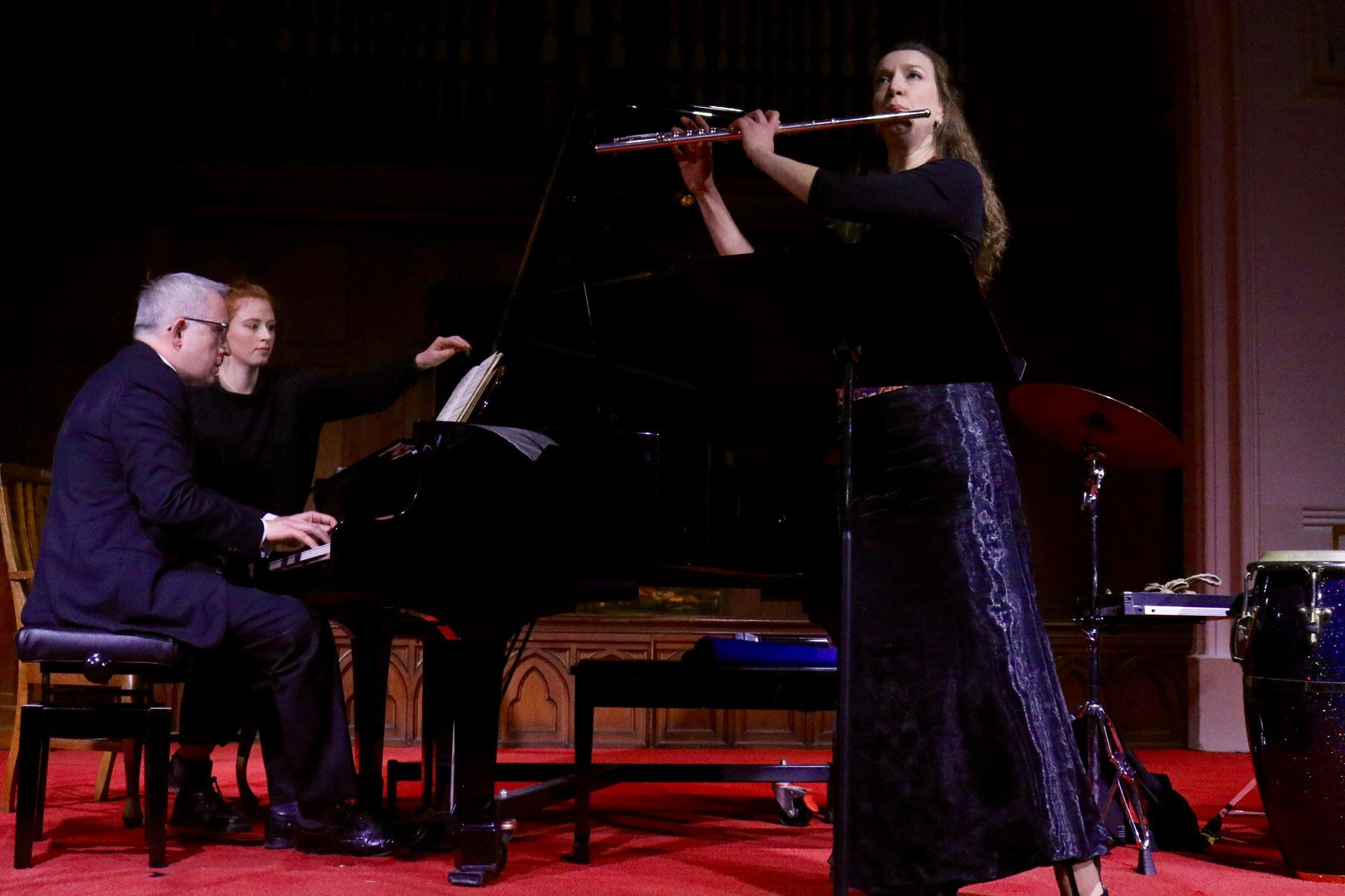Acis and Galatea at St James’ reviewed

On Saturday 4 May Warren Trevelyan-Jones conducted the Choir and Baroque Orchestra of St James’ Church, King Street, in a stylish performance of Handel’s delightful pastorale Acis and Galatea.
The work has always been justifiably popular. During Handel’s lifetime it was performed over 70 times, making it the most frequently performed of his dramatic works. Later, Mozart and Mendelssohn each arranged and adapted it to provide their own contemporary views of the work.
Handel first used the subject of Acis and Galatea in an Italian serenata which he wrote in Naples in 1708. Ten years later he wrote a new setting of the story to an English text written principally by John Gay. The work was scored for a small instrumental group and five solo singers: a soprano, a bass and three tenors! For a revival in 1739 Handel indicated that the first tenor part in the choruses was to be sung by altos and this was how the St. James choir sang it.
The performance captured the essential charm of the work, with singers and instrumentalists who demonstrated a good understanding of Handel’s style. Richard Butler’s voice is well suited to Handel and he sang the role of Acis with compelling phrasing and fine dramatic flair. His short scene after Acis is attacked by Polyphemus was poignantly sung.
Anna Sandström was equally delightful as Galatea. Her clear sound conveyed the innocence of the pure heroine, and her decorations in the da capo arias were stylishly executed. After Acis’s death her lamentations were quite moving.
In Handel’s original performances the five singers sang the solos as well as the choruses and the St James’ performance took a lead from this by summoning Polyphemus and Damon from the choir. Both these singers therefore had double demands placed upon them: singing all of the choruses and then stepping into the limelight for their solos.
Philip Murray’s voice is not sufficiently large to convey the size and physical dominance of Polyphemus but he compensated for this with a musically convincing dramatic flair. Decidedly curious, however, was the decision to accompany Polyphemus’s aria O ruddier than the cherry with a treble recorder instead of the sopranino which Handel specified, especially since that instrument had previously been played so effectively in Galatea’s aria Hush ye pretty warbling choir.
Owen Elsley’s voice has the right sound for Damon’s arias and much of his singing was very enjoyable, but he did not match the other soloists in flexibility of phrasing and security of pitch.
From time to time some of the soloists made intermittent attempts to dramatise the action, but this was too sporadic and unrehearsed to be fully convincing. It would have been better to concede that this was simply a concert performance.
As usual, the choir of St James sang excellently. They were accurate, well disciplined and well balanced, confirming once again that they are one of the very best and most reliable of the small choirs in Sydney.
The period instruments of the Baroque Orchestra supported the vocal forces immaculately. Particularly impressive were Alexandra Bellamy and Welvin Potter who emulated Handel’s original wind players by performing both the oboe and recorder parts – each with equal finesse.
The foregoing forces were all under the alert direction of Warren Trevelyan-Jones who demonstrated the interchanges between the soloists and instrumentalists especially well. His tempos were generally leisurely which especially suited the meditative arias. The final chorus may have benefited from being a little more lively, but the preceding death and mourning for Acis were movingly realised.
Once again, the combined St James’ vocal and instrumental ensembles under Trevelyan-Jones reinforced their reputation for presenting performances that are most enjoyable and of a reliably high standard.
Larry Turner for SoundsLikeSydney©
Larry Turner is a music writer who has been singing in choirs for many years, both in Sydney and London. He has written programme notes for Sydney Philharmonia, the Intervarsity Choral Festival and the Sydneian Bach Choir and is currently part of a team researching the history of Sydney Philharmonia for its forthcoming centenary.







